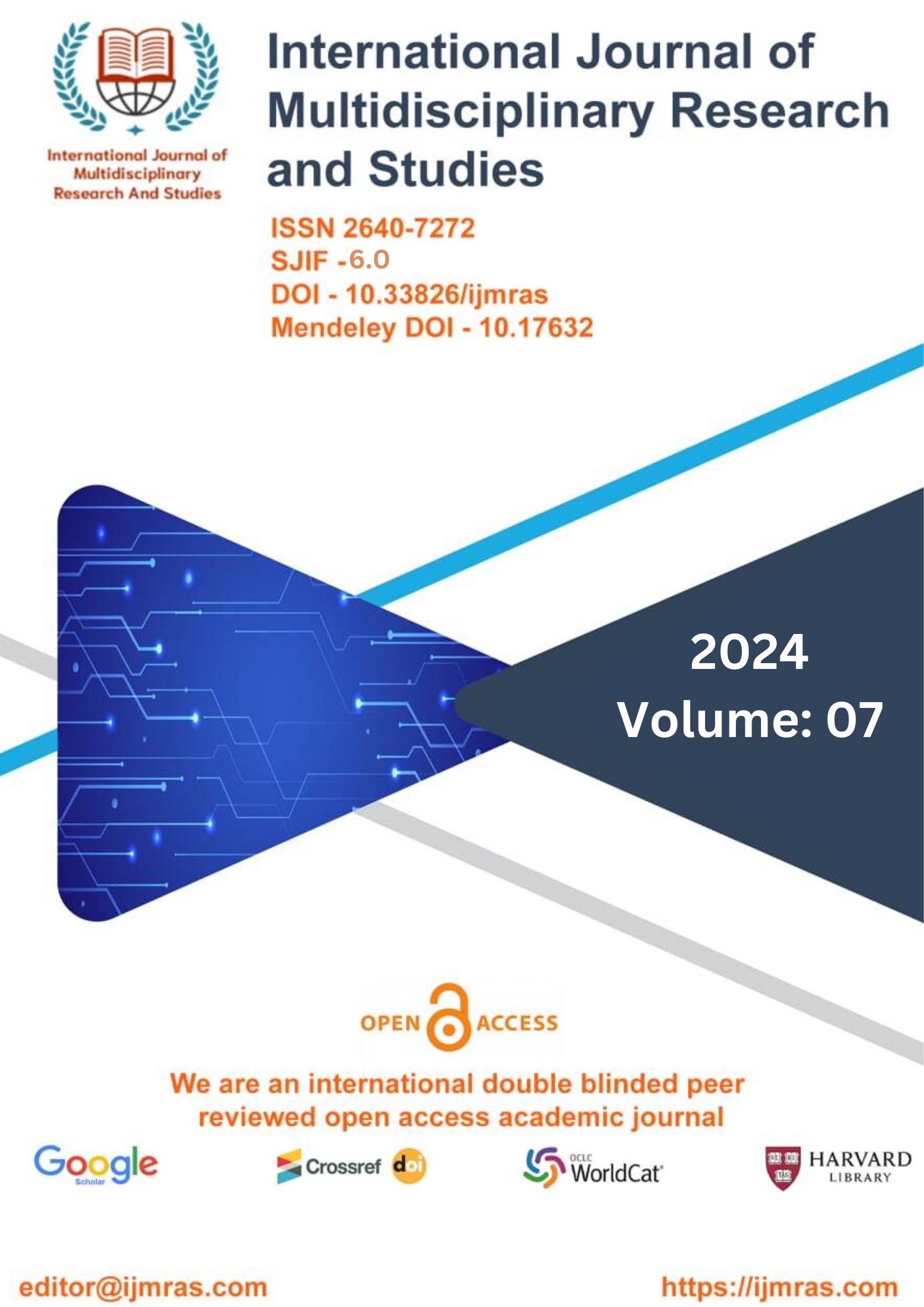


In recent years, humble leadership has gained popularity. Researchers and managers respect humble leaders, especially in today's fast-paced economic world. There is little theoretical and empirical research on small leadership's effectiveness. Leadership style strongly affects employees' behavior. Humble leaders—self-aware, open to feedback, and appreciative—improve staff performance, according to research. Research shows humble leadership boosts employee engagement and satisfaction. The effectiveness of modest leadership in fostering proactive employee behavior needs further study. This literature study examines how humble leadership styles effect hotel chain employees' initiative. Conscientiousness moderates modest leadership and proactive activities, according to research. Researchers found that conscientiousness boosted modest leadership's effect on proactive behavior across cultures. Conscientiousness mediates modest leadership and proactive action. Modest leadership supported proactive activities because conscientiousness buffered the interaction. When leaders displayed humility by applauding coworkers' talents and accomplishments, staff, especially conscientious ones, felt more faith in their own abilities. Companies that respect conscientiousness as a cultural characteristic are more likely to link humble leadership and proactive actions. Humble leaders' styles may impact conscientiousness' moderating effect.

This work is licensed under a Creative Commons Attribution 4.0 International License.
You may also start an advanced similarity search for this article.